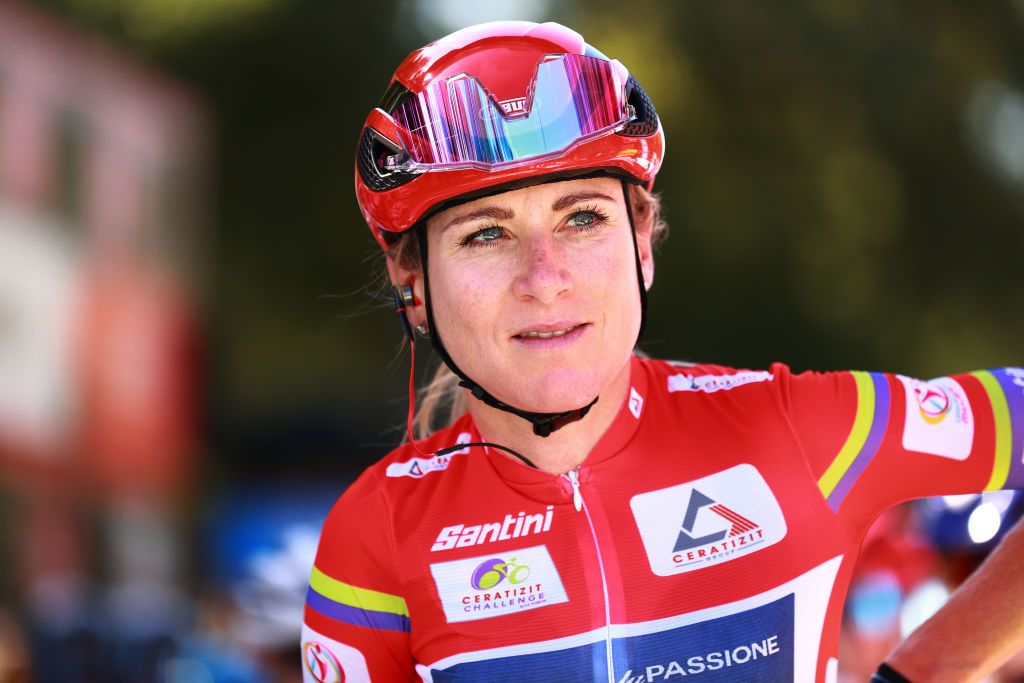As the Spring Classics have wrapped up and the three Ardennes Classics are now complete, the peloton heads into the late-spring and summer stage racing season that will begin at La Vuelta Femenina by Carrefour held from May 1-7 in Spain.
For the first time since the inaugural event, formerly known as Challenge by La Vuelta, the peloton will compete over 700 kilometres with more than 8,500 metres of elevation across seven stages at the revamped event.
There will be a mix of sprint and undulating early stages followed by three challenging final stages, which includes the stage 7 grand finale that finishes atop Lagos de Covadonga, a 16km ascent with an average of 7.4%, and where the overall champion will be crowned.
Cyclingnews breaks down the top contenders and the route details and highlights the biggest talking points ahead of La Vuelta Femenina.
Join Cyclingnews’ coverage of 2023 La Vuelta Femenina and check back after the event for the full race reports, results, photo galleries, storylines and race analysis. The event will also be broadcast around Europe and the rest of the world, with live coverage of all seven stages, and you can find out more details in the How to watch La Vuelta Femenina – live TV and streaming.
Seven-rider teams
Key changes were set into motion in the Women’s WorldTour this year, and one of those is the increase in team roster sizes, which is set at seven riders for the start of stage races that are six days or longer, according to Article 2.2.003 of the UCI regulations.
The UCI published the changes as part of a series of new regulation updates (opens in new tab)on its website following the Management Committee meeting in September, and they came into effect on November 1.
La Vuelta Femenina is the first race on the Women’s WorldTour calendar this year that is seven stages, and so the first time that teams will start with seven riders. Other events where teams will start with seven riders include the Giro d’Italia Donne, Tour de France Femmes, Tour of Scandinavia, and Simac Ladies Tour.
Adding a seventh rider to each roster for the longer stage races on the Women’s WorldTour could increase a team’s competitiveness within a race by heightening the degree to which a team can support the pursuit of both stages and special classifications. It could also allow a team to continue with tactical numbers even in the unfortunate case of early abandons due…
Click Here to Read the Full Original Article at CyclingNews RSS Feed…

